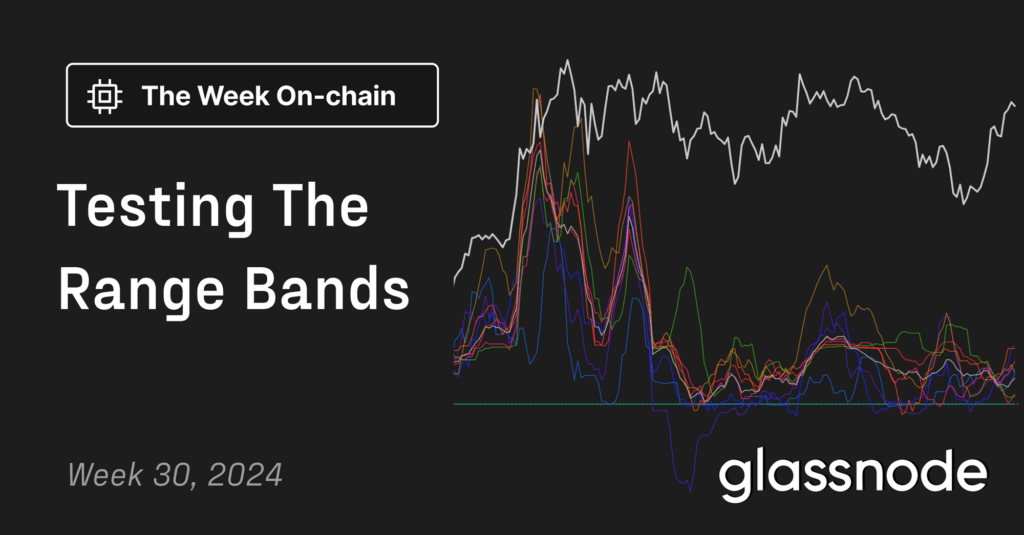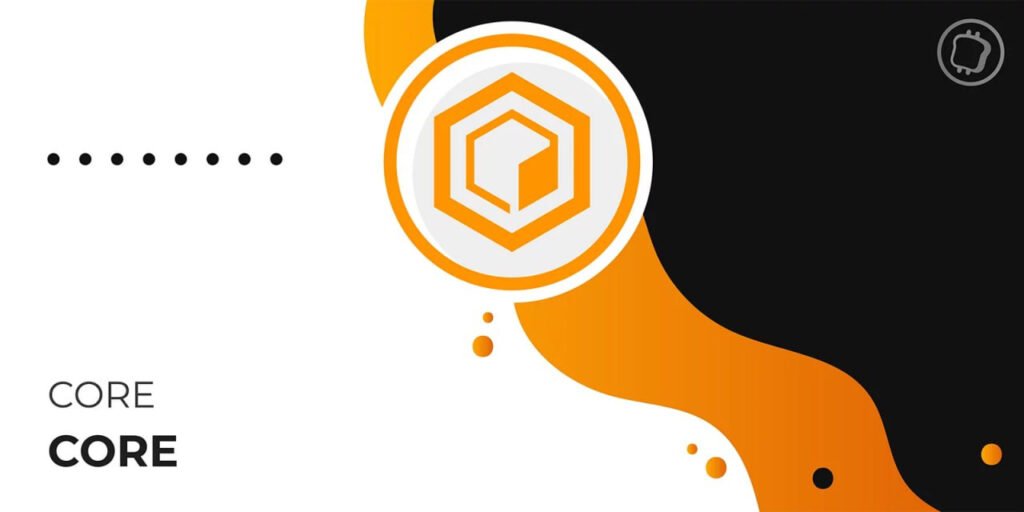Research Summary
The report examines the various time locks in Bitcoin, which ensure that a Bitcoin transaction is only valid after a certain point in time. It discusses the importance of these time lock features from a mining incentivisation perspective and expresses concern over the current low adoption rates.
Key Takeaways
Bitcoin’s Time Lock Features
- Understanding Time Locks: Bitcoin has four categories of built-in time lock features, which ensure a Bitcoin transaction can only be included in the blockchain after a certain point in time or block height. These include Locktime (Absolute), nSequence (Relative), OP_CHECKLOCKTIMEVERIFY (Absolute), and OP_CHECKSEQUENCEVERIFY (Relative).
- Locktime and Security: The report argues that the use of locktime is critical to Bitcoin’s long-term security. As the block subsidy declines, locktime can help prevent miners from reorganizing the blockchain to scoop up more fees, thus maintaining the integrity of the network.
Bitcoin Core Defaults and Adoption
- Bitcoin Core’s Default Locktime: Since late 2014, transactions produced by the Bitcoin Core wallet have the locktime field set to the current block by default to prevent fee sniping. This policy encourages the blockchain to move forward and discourages reorgs by allowing transactions to appear at lower heights than the next block in forks of the best chain.
- Low Adoption Rates: Despite the security benefits, the adoption of time lock features remains low. The report suggests that this is due to most users being unaware of what locktime is and its benefits, and it largely depends on the default policy of the wallet they are using.
Time Lock Adoption Data
- Adoption Trends: The report shows that adoption of block height-based absolute time locks picked up in early 2015, to around the 20% level, likely due to Bitcoin Core making absolute time lock the default policy. However, since then, adoption has flatlined at around 20%, before declining to about 10% in 2023, possibly due to the adoption of Ordinals and BRC 20 tokens.
Actionable Insights
- Encouraging Locktime Adoption: Given the importance of locktime for Bitcoin’s long-term security, there is a need to encourage its adoption. Wallet developers could be encouraged to implement locktime as a default feature, and users could be educated about its benefits.
- Monitoring Adoption Trends: The trends in the adoption of time lock features should be closely monitored. Any significant changes could have implications for Bitcoin’s security and the behavior of miners.












